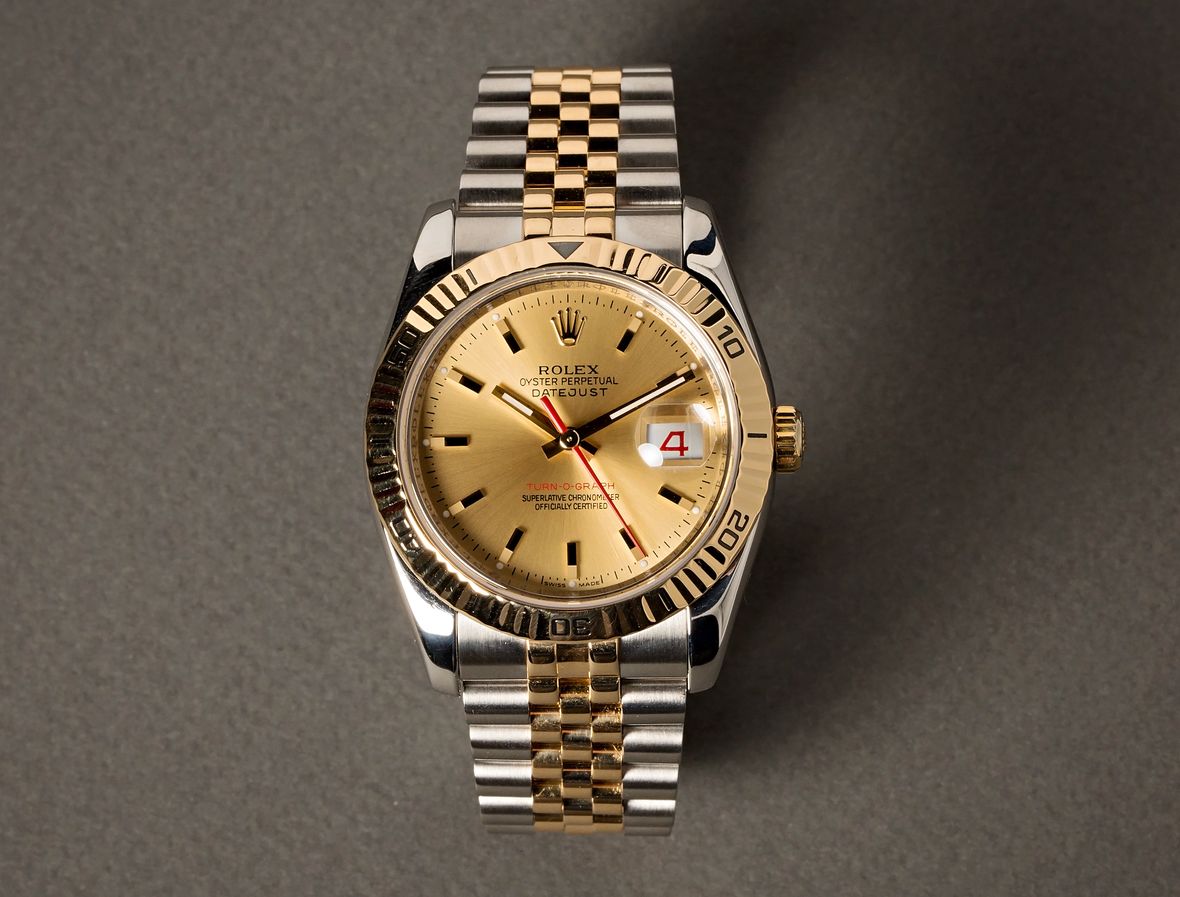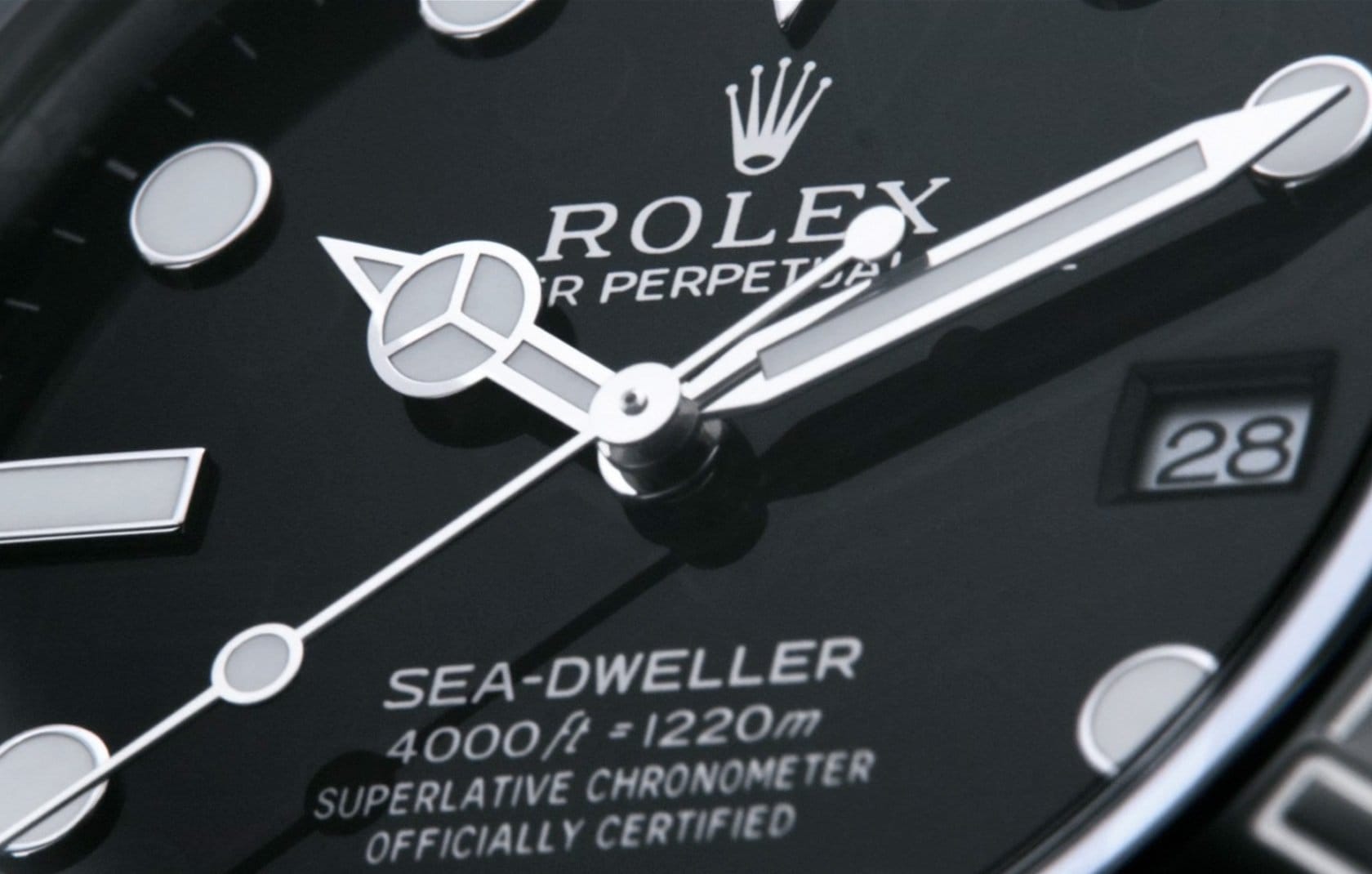First launched in 1953, the Rolex Turn-O-Graph is often regarded as one of the lesser-known models from the brand’s archives, yet it offers a truly remarkable history that dates back further than many of Rolex’s most famous icons, including the Submariner, Daytona, Day-Date, and GMT-Master. Additionally, while it was not purpose-built specifically for a sport or lifestyle activity, the Rolex Turn O Graph does offer additional functionality that separates it from many of the brand’s classic models like the standard Datejust and Oyster Perpetual.
The Turn-O-Graph may have been discontinued entirely in 2011, but this underrated classic actually holds the distinction of being Rolex’s very first commercially available watch to include a rotating bezel. This particular feature makes the Turn-O-Graph the perfect timepiece for those who enjoy the added utility of this highly practical design element, but who do not require an actual dive watch to be on their wrist every single day. So, how does the Rolex Turn-O-Graph work?
Rolex Turn-O-Graph – “Thunderbird”
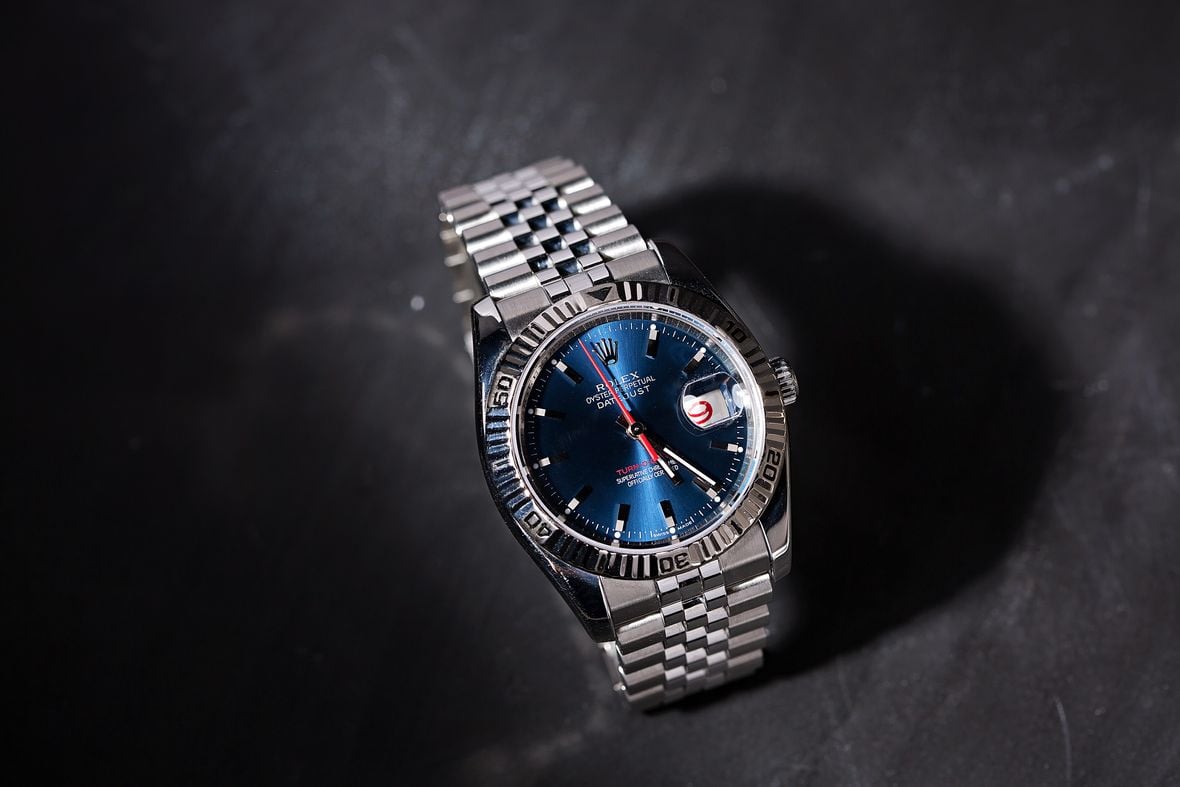
Turn-O-Graph Key Features:
– Year of Introduction: 1953
– Case Size: 36mm
– Functionality: Time w/ Running Seconds, Elapsed-Time Bezel, Date Display (Except ref. 6202)
– Defining Feature: Bidirectional Rotating Timing Bezel w/ 60-Minute Scale
– Movement: Automatic (Self-Winding)
– Nickname: “Thunderbird”
– Price: $6,000 – $100,000+ (Approx.)
Click here for 6 interesting facts about the Rolex Turn-O-Graph.
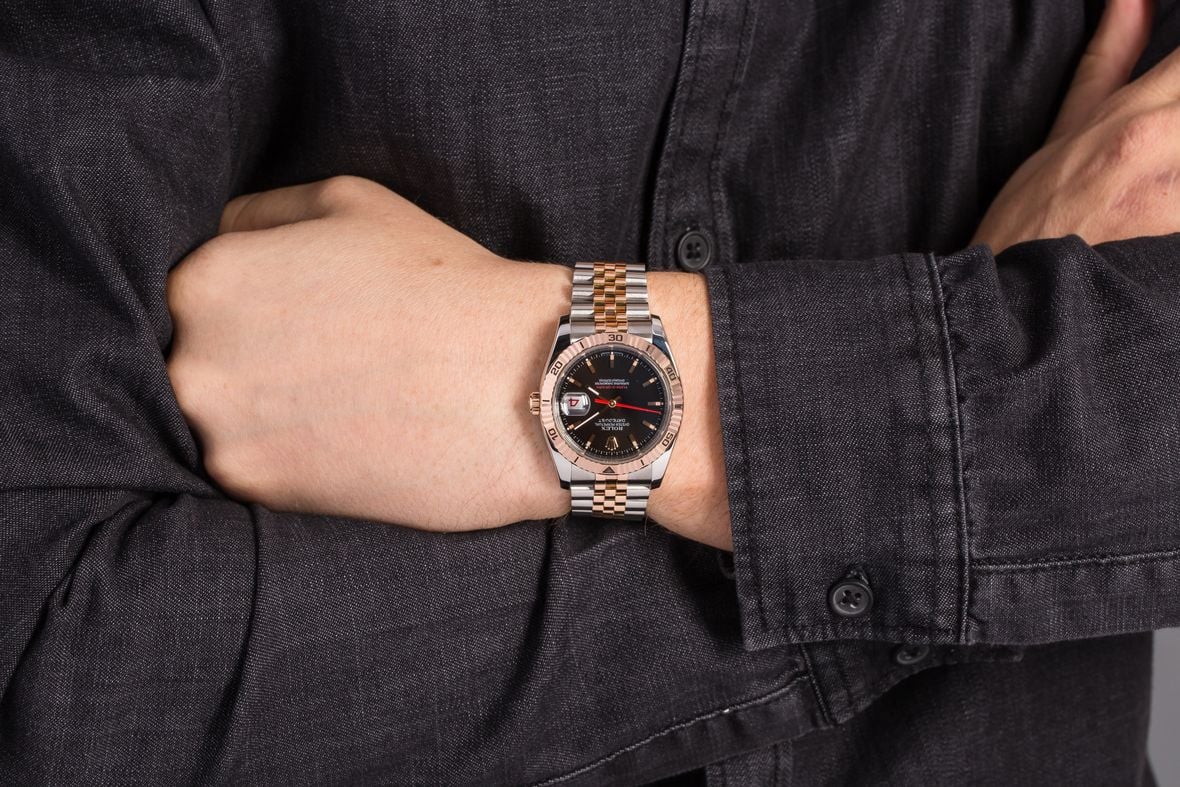
About the Rolex Turn-O-Graph
The first Rolex Turn-O-Graph from 1953 was the reference 6202, and this model holds the distinction of being the very first serially-produced Rolex watch to ever feature a rotating bezel, as it beat the Submariner to market by a matter of a handful of months. Just like the inaugural Submariner that would appear later that same year, the Rolex Turn-O-Graph 6202 was a time-only watch and it did not include a date display; however, all subsequent generations of the Turn-O-Graph were released as part of the Datejust collection and therefore included the obligatory date window at 3 o’clock.
The defining feature of the Rolex Turn-O-Graph is its rotating timing bezel that is graduated to 60-minutes. This simple yet practical feature enables wearers to use their Turn-O-Graph watches to measure elapsed time. Regardless of the specific reference, its materials, or when it was produced, all Rolex Turn-O-Graph watches will have rotating timing bezels – even if the watch doesn’t have the “Turn-O-Graph” name printed anywhere on it. Additionally, since it is only the watches from the very first and very last generations of the model that actually have the “Turn-O-Graph” name printed upon their dials, the single easiest way to identify a Datejust Turn-O-Graph from a standard Datejust is by looking at its bezel.
While the formal name for the watch is the Turn-O-Graph, you will also hear many collectors refer to it by its “Thunderbird” nickname, particularly in the United States. During the late 1950s, the U.S. Air Force’s Thunderbird aerobatic squadron equipped its pilots with Rolex Turn-O-Graph watches, as their rotating timing bezels could be used to help with navigational calculations. To celebrate this, Rolex produced a series of “Thunderbird” Turn-O-Graph watches that featured the squadron’s insignia on their dials. As part of the advertising campaign, Rolex began referring to all Turn-O-Graph watches by the “Thunderbird” name within the American market, and the nickname has simply stuck with the model throughout the years.
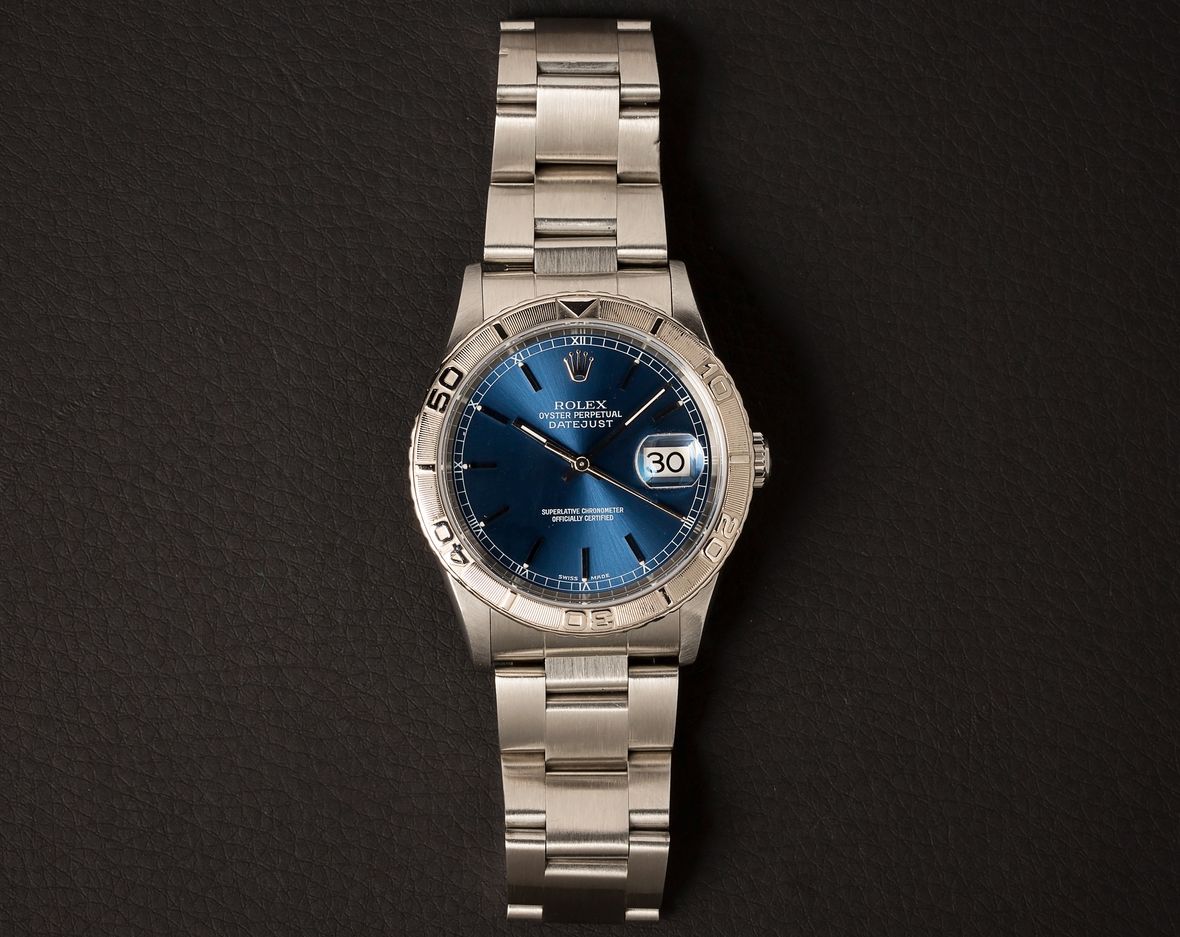
How Does the Rolex Turn-O-Graph Work?
The Rolex Turn-O-Graph works just like any other three-handed timepiece that has a rotating timing bezel (such as the Submariner and Yacht-Master), and it can be used to measure the duration of events up to one hour in length. Unlike a chronograph watch (such as the Rolex Daytona) that uses a specialized movement with additional hands to measure the amount of elapsed time, the Rolex Turn-O-Graph is powered by a standard, three-handed movement and uses a rotating bezel and its 60-minute scale to measure the amount of time that has passed since the start of an event.
The key difference between using the Rolex Turn-O-Graph and a watch with a chronograph complication is that you can start and stop a chronograph, while the rotating bezel on the Turn-O-Graph will only allow you to measure the total amount of elapsed time from a single starting point. Additionally, since the Turn-O-Graph uses a 60-minute bezel to time events, you are only able to measure events up to one hour (without having to do some math), while there are many chronograph watches that are able to track events up to 12 hours or more in length.
By lining up the zero-marker on the Turn-O-Graph’s bezel (which is typically indicated by an inverted triangle) with the current position of the minute hand, you are then able to measure the amount of time that has passed by referencing the minute hand’s position in relation to the 60-minute scale on the bezel. Although this will only give you an approximation of elapsed time to the nearest minute, the convenience of a rotating timing bezel makes it a highly practical feature to have on a watch during everyday life.
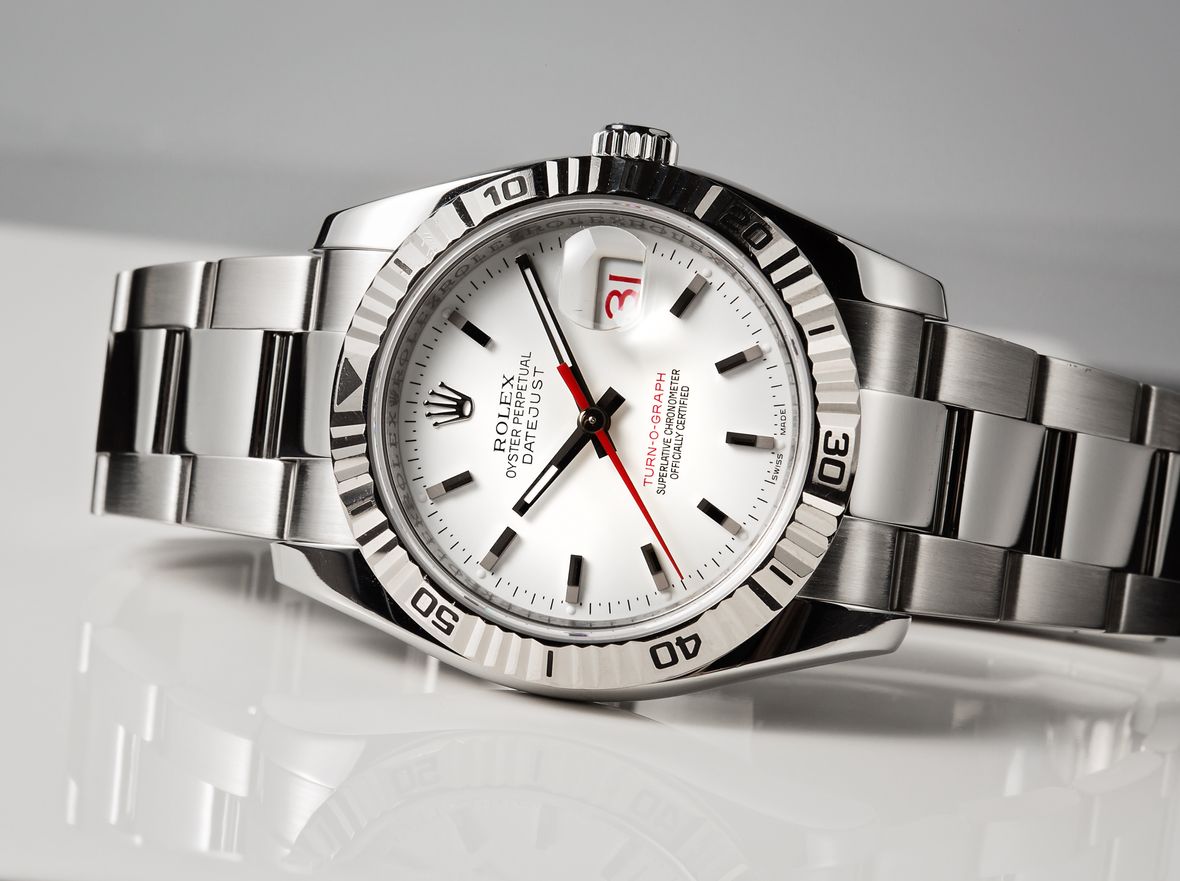
Rolex Turn-O-Graph Instructions
Want to start using your rotating timing bezel like a pro? Below are the complete instructions on how the Turn-O-Graph works:
1. Take note of the minute hand’s position.
Due to the fact that the Turn-O-Graph uses its standard centrally-mounted hands for both time-telling and measuring elapsed time, it is the normal minute hand that you will want to reference first whenever setting up your watch to time an event. The current position of the minute hand represents the ‘starting point’ for the duration that you are about to measure.
2. Rotate the bezel until the zero marker is aligned with the minute hand.
The hands of your Rolex Turn-O-Graph will continue to move on their own as long as the watch is running, so there is nothing that you need to do to ‘activate’ its timing feature. However, you do want to make sure that you know the starting point of the event that you are about to track, and you can use your Turn-O-Graph’s bezel to help you with this. Simply, rotate the bezel until its zero-marker (indicated by the inverted triangle) is lined up with the current position of the minute hand.
3. Read elapsed time against the scale on the bezel.
As time passes, the minute hand on this model will continue to move in the clockwise direction. To measure how much time has passed since the beginning of the event, all you need to do is reference the current position of the minute hand in relation to the 60-minute scale on the bezel.
4. Record your time
Since you cannot stop the hands-on your Rolex Turn-O-Graph like you would with a chronograph watch, it is important that you record the value once you are done timing the event (if you think you might need to reference that number in the future). Should you forget to record the time and then look down at your watch ten minutes later, the total amount of elapsed time will show then minutes more than the actual duration of the event.
5. Don’t forget to add the hours (if needed).
Although the rotating timing bezel on the Rolex Turn-O-Graph is only graduated up to 60-minutes, that does not necessarily mean that you cannot use your watch to time events longer than one hour. However, after 60-minutes, the minute hand will have traveled more than one full rotation around the dial, so should you find yourself measuring an event longer than 60-minutes, you will just need to remember to add on the appropriate number of hours after you are done timing the event.
From timing the cook on a steak to keeping an eye on the remaining time at the parking meter, the Rolex Turn-O-Graph is a highly practical watch and its signature rotating timing bezel can be used for a near-endless list of things in our daily lives. So, how will you use your Rolex Turn-O-Graph?
